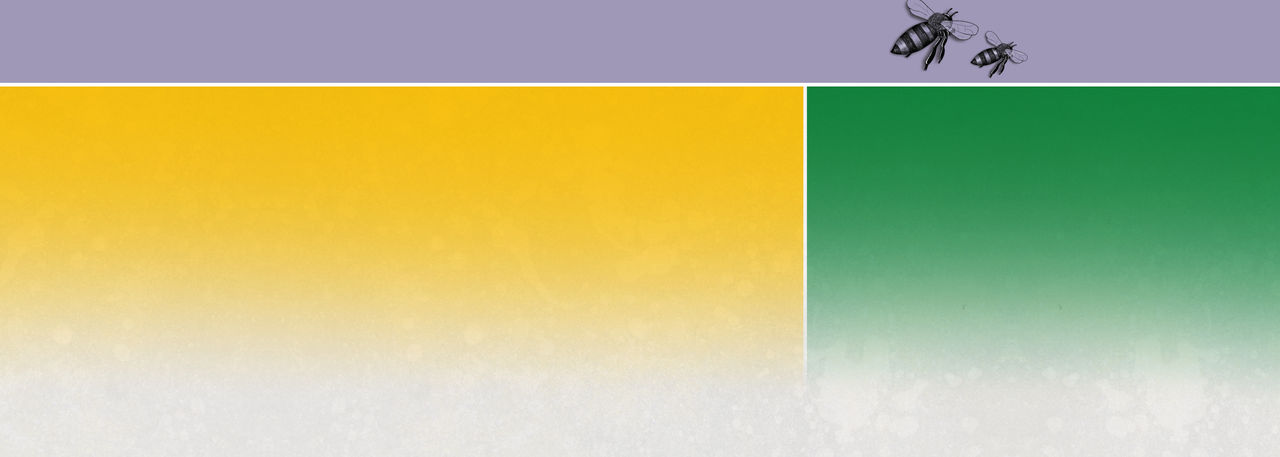Age: Grade(s) grade 03, grade 04, grade 05, grade 06, grade 07, grade 08, grade 09, grade 10, grade 11, grade 12
Subjects: biology, science
Skills: matching, problem solving, reading
Duration: 20 to 30 minutes
Group Size: Any
Setting: indoors
Objectives
Students will be able to:
- describe the pollination process; and
- identify some of the ways plants have adapted to attract or favour specific pollinators
Method
Many seed-producing plants have adapted to attract or, at least, favour certain pollinating agents. Students decipher clues to match "flower" cards with pollinator agents.
Materials
"The Science of Pollination Primer", copies of the Plant and Pollinator Agent Cards (PDF)
Background
Procedure
For younger students:
- Discuss the process of pollination and its importance to seed-bearing plants. Point out some of the ways that plants are able to transfer pollen, and the adaptations that help them do this.
- Give a "plant" card or "agent" card to each student (or give a card to a pair of students to study together) and give them a minute or two to study the picture and the information on each card.
- Allow students to circulate in the room and try to locate their partner: those with plant cards try to locate the correct pollinating agent, while the agents try to locate their matching plant.
- Have students (in a large group or with their partner) discuss why they think they have found the correct match and how the particular adaptations of their plant contribute to pollination success.
For older students:
- Carry out the activity as described above, but give an entire set of cards to each student or group of students and have them match plants to pollinating agents based on the clues on the cards.
- Have students discuss why they think they have found the correct matches and how the particular adaptations of the plants contribute to pollination success.
Extensions
- Have students design a hypothetical flower and a matching pollinator that would be well adapted to it.
- Have students create a radio, TV or magazine advertisement to attract the right pollinators on behalf of a particular plant.
- Have students discuss possible threats to the biotic pollinators and what happens to the natural cycle of plant renewal if there are fewer pollinating organisms to do the job.
- Pair classes of older students with a class of younger students who are also studying plants to assist in reading and discussion.
- Have students conduct different components of this activity on different days. Have students learn about the plant component on the first day and about pollinators on the next day. On day three, they could match plants and pollinators as an assessment of their learning.
Printer friendly
Copyright Notice
© Canadian Wildlife Federation
All rights reserved. Web site content may be electronically copied or printed for classroom, personal and non-commercial use. All other users must receive written permission.






